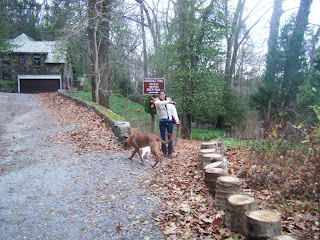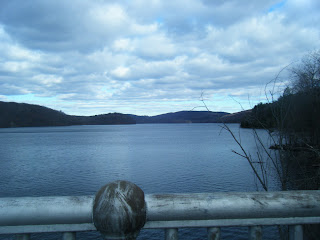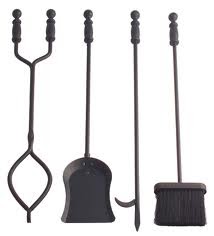You may have heard the expression, “Home is where the heart is.” It means that it doesn’t matter so much where you live as long as you can feel connected in your heart to that place. The actual expression is “Home is where the hearth is.” And that brings us to our first new vocabulary word!
Hearth (n.)
1.) the stone or brick floor of a fireplace, often extending out into the room
2.) the fireside as the center of family life, family life, home
I really hope that while you’re here in the States, you make lots of friends, fond memories and connections in your heart to this place. Let’s start by making a fire!
More vocabulary
Seasoned firewood- hardwood that’s been split and dried for at least nine months. When banged together, seasoned firewood will make a sharp “clink” sound while unseasoned firewood will make a dull “thud” sound. Unseasoned wood and softwoods such as pine should not be used in your fireplace.
A cord of firewood-
Large amounts of firewood are sold by the cord. A cord of wood, when stacked will measure eight feet long, four feet wide and four feet high. Smaller amounts of firewood are sold in bundles at many grocery stores and supermarkets. Each bundle contains enough wood for one or two fires.
Fireplace grate-
a metal rack for holding firewood off the fireplace floor. If your fireplace does not have a grate, you can use stones or bricks to hold the wood off the floor to allow air circulation for better burn.
Fatwood-
small pieces of wood which contain flammable resin. Fatwood is used as a natural fire starter and is sold in bundles at stores like Home Depot. Only one or two pieces should be used at a time.
Fireplace cover-
a metal or glass screen used to prevent sparks and embers from flying out into the room. Very important!
Kindling- Kindling is small pieces of very dry wood, twigs or sticks that burn easily and is used to start a fire.
Poker- (third from left)
an iron rod for stirring a fire (third from left in above photo)
What to do first
For safety purposes first check with your landlord to be sure that the fireplace and chimney work properly. It is also very important that your fireplace have a fireplace cover to prevent sparks and embers from flying out into the room. Next, you’ll want to make sure to open the chimney damper. The damper (see diagram above) is a metal flap that closes off the chimney so that air warmed by your furnace doesn’t escape up and out the chimney.
It is not uncommon, especially when you first start your fire, to have a bit smoke come into the room. This is nothing to be worried about and should stop when there is a good flow of hot air flowing up the chimney. However, if you forget to open the damper and start your fire, you’ll quickly fill the room with smoke (ask me how I know!)
After opening the damper and before lighting the kindling and firewood, it’s a good idea to check the flow of the chimney by lighting a piece of crumpled-up newspaper and holding it with a pair of tongs up near the damper to allow the heat from the burning newspaper to rise up the chimney pushing out any cold air that might be blocking the chimney flow.
The damper should be left open until your fire is completely out to prevent any build up of carbon monoxide. I always leave the damper open until the next morning.
Cleanup
Ashes that no longer contain any burning embers can be scooped out and spread outside on the lawn to enrich the soil.
Next entry: S’mores! Yum!






















